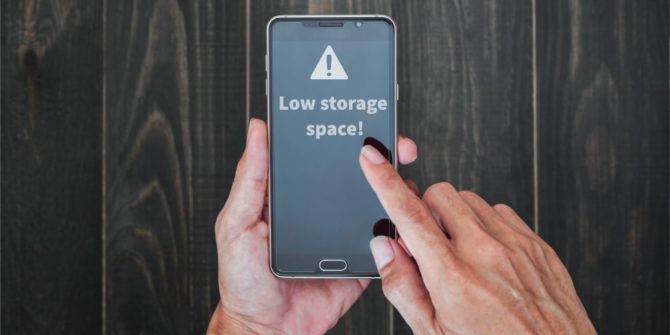
We’re talking less and less about storage space these days because most new phones tend to have 64GB as standard internal storage space, and that seems to be enough for most people. But for lower midrange and entry level phones, internal storage space is still an issue, and the microSD card is still your constant companion. Maybe Android Oreo can help us out.
A recent commit to the Android Open Source Project points to a feature that might just save more people storage space. This feature is activated when a device runs low on storage space, and this is how it works – after a length of time specified by Android, applications that haven’t been used in a while are marked as inactive.

These inactive apps aren’t run through the dexopt tool which optimizes apps to create the needed “odex” system file. As a result, these inactive apps won’t take up space in the compiler’s cache. That’s pretty technical for some users, but it just means that inactive apps will not take up as much space in the system as they used to.
That said, this is still only to alleviate the low storage space. If you have a lot of active apps, this will not be as significant. Also, this means that low internal storage devices – midrange and budget phones – will still have to run Android Oreo to take advantage of this upcoming feature.
SOURCE: XDA









